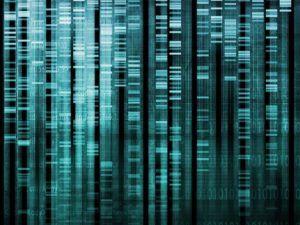
Category: bioengineering


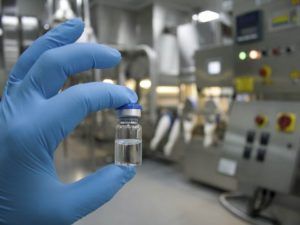




2017 SRF Summer Scholars Selfie Video
The SRF Summer Scholars Program offers undergraduate students the opportunity to conduct biomedical research to combat diseases of aging, such as cancer, atherosclerosis, and Parkinson’s Disease. Under the guidance of a scientific mentor, each Summer Scholar is responsible for his or her own research project in such areas as genetic engineering and stem cell research. The Summer Scholars Program emphasizes development of both laboratory and communication skills to develop well-rounded future scientists, healthcare professionals, and policy makers.
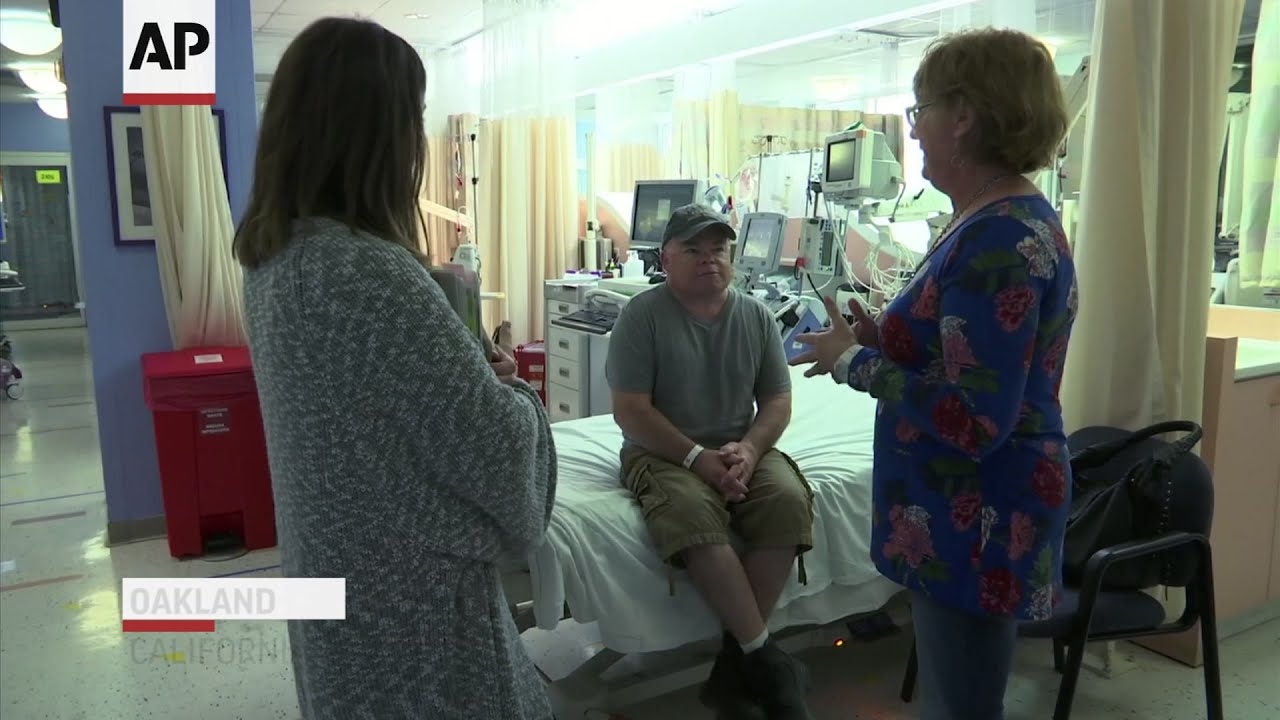
Scientists Have Tried First-Ever Gene Editing Directly Inside a Patient’s Body
In a bold first-of-its-kind experiment, scientists have edited a person’s genes directly inside living tissue in an ambitious bid to cure a man of a rare, crippling genetic disorder.
While CRISPR has broken ground in things like editing human embryos and injecting patients with genetically edited cells, this alternative technique pioneers a new real-time approach to infusing a person’s blood with a gene-editing virus.
“For the first time, a patient has received a therapy intended to precisely edit the DNA of cells directly inside the body,” says CEO of Sangamo Therapeutics, Sandy Macrae, whose company is testing the experimental procedure.
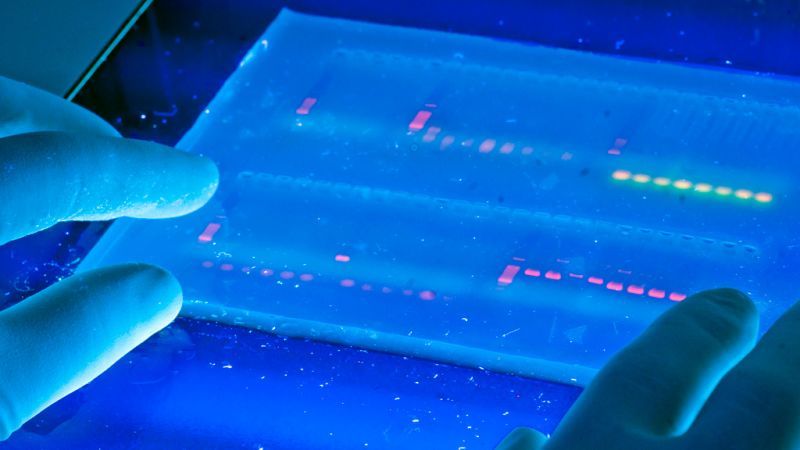
A Modified CRISPR Could Treat Common Diseases Without Editing DNA
It worked. Working with mice, they were able to reverse the disease symptoms of kidney disease, type 1 diabetes, and a form of muscular dystrophy. In the mouse with kidney disease, for example, they turned on two genes associated with kidney function and saw the kidney function improved.
The unassumingly named CRISPR/Cas9 is a technology that stands to remake the world as we know it. By allowing scientists to more easily than ever cut and paste all those As, Cs, Ts, and Gs that encode all the world’s living things, for one thing, it could one day cure many devastating diseases.
All that power, though, comes with one pretty sizable caveat: Sometimes CRISPR doesn’t work quite like we expect it to. While the scientific establishment is still embroiled in a debate over just how serious the problem is, CRISPR sometimes causes off-target effects. And for scientists doing gene editing on human patients, those mutations could wind up inadvertently causing problems like tumors or genetic disease. Yikes.
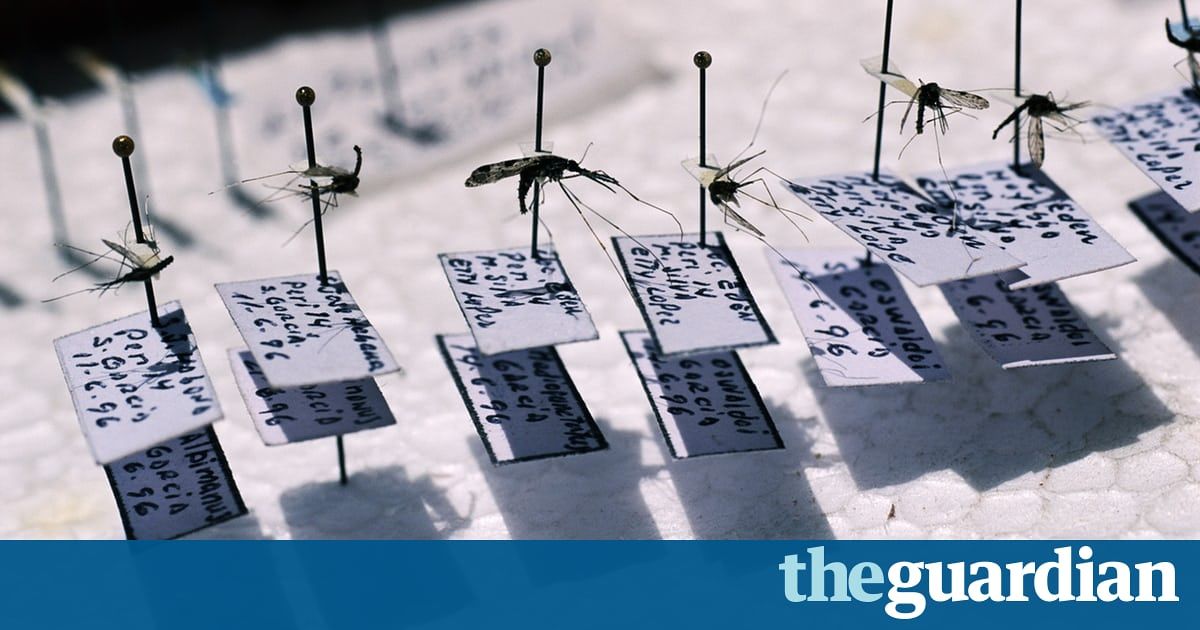
US military agency invests $100m in genetic extinction technologies
‘UN diplomats confirmed that the new email release would worsen the “bad name” of gene drives in some circles. “Many countries [will] have concerns when this technology comes from DARPA, a US military science agency,” one said.‘.
Cutting-edge gene editing tools such as Crispr-Cas9 work by using a synthetic ribonucleic acid (RNA) to cut into DNA strands and then insert, alter or remove targeted traits. These might, for example, distort the sex-ratio of mosquitoes to effectively wipe out malarial populations.
Some UN experts, though, worry about unintended consequences. One told the Guardian: “You may be able to remove viruses or the entire mosquito population, but that may also have downstream ecological effects on species that depend on them.”
“My main worry,” he added, “is that we do something irreversible to the environment, despite our good intentions, before we fully appreciate the way that this technology will work.”